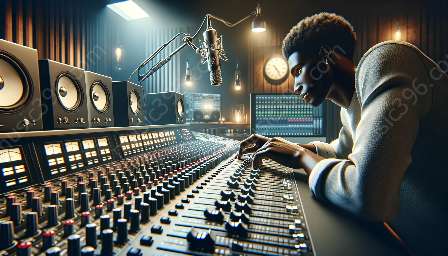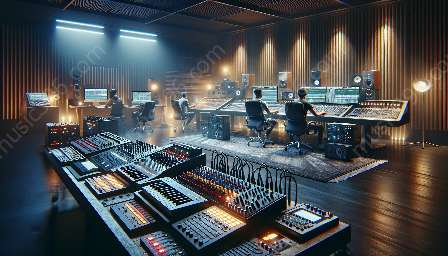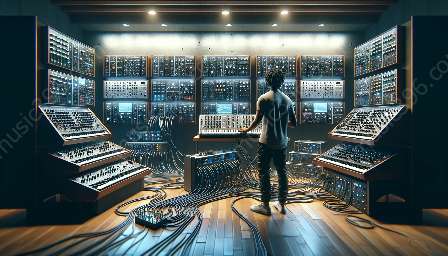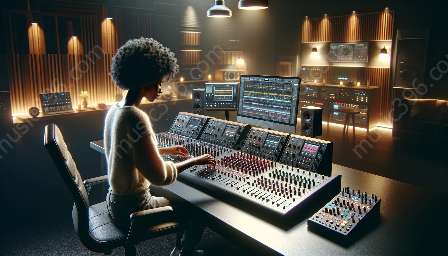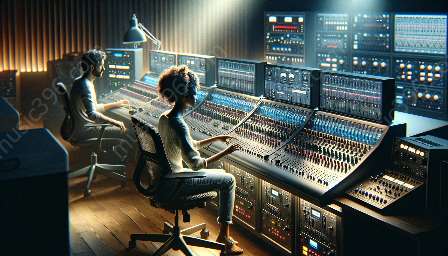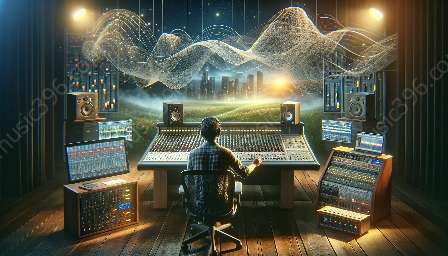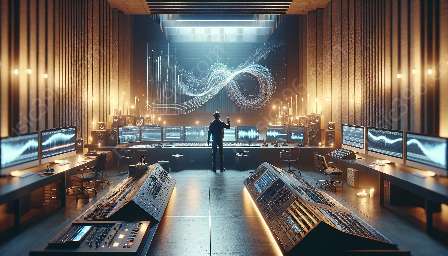Music technology is a multidisciplinary field that encompasses the study of psychoacoustics and digital signal processing. Psychoacoustics refers to the study of how humans perceive and interpret sound, while digital signal processing involves the manipulation and analysis of digital audio signals. The interactions between these two domains play a crucial role in shaping the way we experience and create music in the digital age.
The Foundations of Psychoacoustics
Psychoacoustics is rooted in understanding the complex relationship between physical sound waves and the human auditory system. It explores how the brain processes and interprets auditory stimuli, including pitch, timbre, loudness, and spatial perception. This field delves into the psychological and physiological factors that influence our perception of sound, ultimately impacting how we experience music.
Digital Signal Processing in Music Technology
Digital signal processing (DSP) is integral to the development of modern music technology. It involves the use of algorithms and computational techniques to analyze, modify, and synthesize digital audio signals. DSP enables the creation of various audio effects, such as reverb, equalization, and compression, as well as the implementation of innovative sound synthesis methods.
Intersecting Domains
The interactions between psychoacoustics and digital signal processing are highly evident in the design and implementation of audio processing tools and technologies. Understanding psychoacoustic principles allows DSP engineers to develop algorithms that align with human auditory perception, creating more immersive and natural sound experiences for listeners. Moreover, psychoacoustic research informs the development of audio compression techniques that optimize file sizes without compromising perceived audio quality.
Perceptual Audio Coding
Perceptual audio coding, a prominent application of the collaboration between psychoacoustics and DSP, exemplifies how these domains intersect to enhance music technology. This process involves encoding audio signals in a manner that minimizes data redundancy while preserving perceptual fidelity. By leveraging psychoacoustic models, perceptual audio coding algorithms allocate more bits to encode critical auditory information, resulting in efficient compression with minimal perceptible loss.
Virtual Acoustics and Spatial Audio
Psychoacoustic understandings of spatial perception and localization contribute to the development of virtual acoustics and spatial audio technologies. DSP algorithms utilize psychoacoustic principles to simulate realistic acoustic environments and spatial cues, allowing for immersive listening experiences through technologies such as binaural recording and 3D audio rendering.
Adaptive Equalization and Dynamic Range Compression
Advancements in adaptive equalization and dynamic range compression techniques are informed by psychoacoustic insights. These tools aim to enhance audio quality and manage dynamic range effectively, aligning with the non-linear perception of loudness by human ears. By integrating psychoacoustic principles, DSP algorithms intelligently adjust the spectral balance and dynamic range of audio signals to achieve optimal perceptual clarity and balance.
Psychoacoustic-Based Sound Synthesis
Psychoacoustics shapes the development of sound synthesis methods within the realm of music technology. By understanding how humans perceive different sound characteristics, DSP engineers employ psychoacoustic insights to create sound synthesis algorithms that generate timbres and textures closely aligned with human auditory perception, leading to the creation of more expressive and naturalistic virtual instruments and electronic music sounds.
Future Opportunities
The interplay between psychoacoustics and digital signal processing continues to fuel innovations in music technology. Emerging research areas, such as personalized audio processing based on individual auditory profiles and adaptive audio rendering for augmented and virtual reality, demonstrate the potential for further integration of psychoacoustic principles into DSP algorithms to enhance the overall music listening experience.

